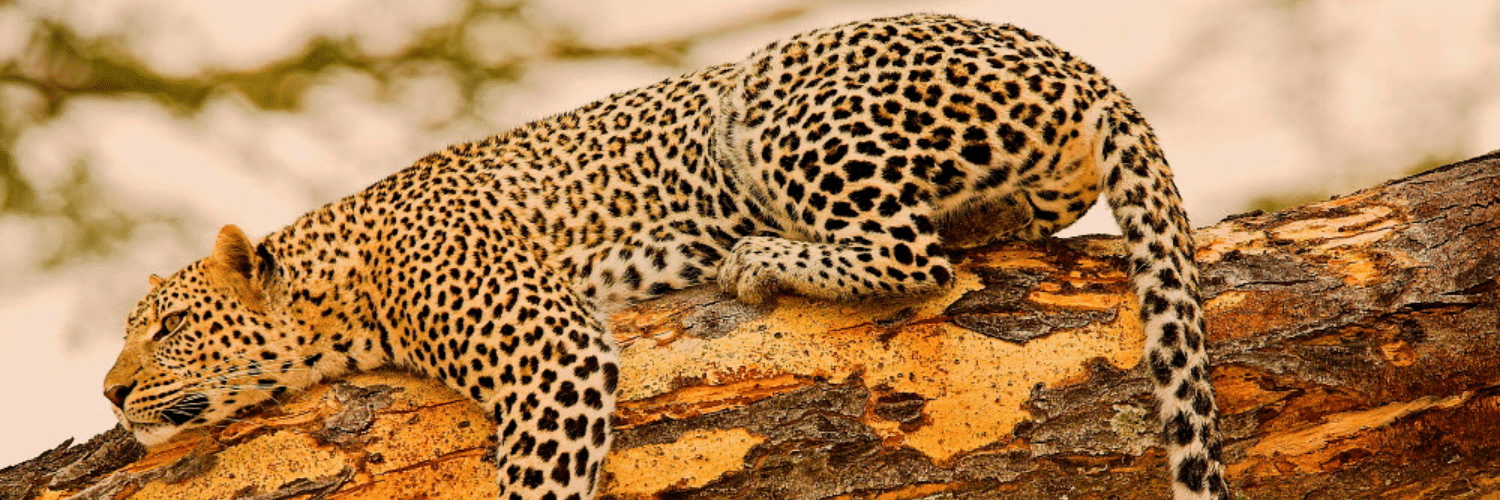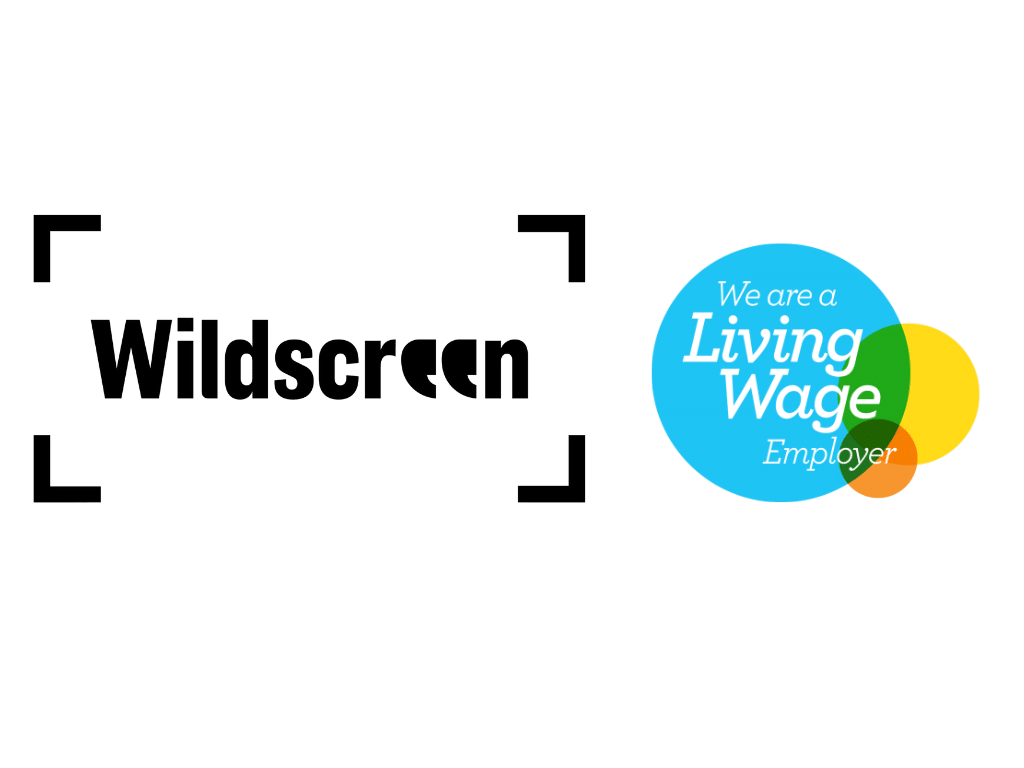Despite a great many of the world’s wildlife films being made in Tanzania, the film and TV industry in the country is underfunded. It remains one of the world’s richest sources of untapped potential when it comes to wildlife filmmaking. The future of natural history storytelling may just be waiting there to be discovered.
Although Tanzania is one of the most popular African filming locations for natural history content, over one quarter of the world’s nature films are produced in Bristol, UK – which is why Wildscreen has a 42 year history of convening wildlife storytellers from around the world in Bristol for our biannual festival.
What we realised over the years, however, is that while East Africa in particular has provided the backdrop for many films, African talent wasn’t getting the same level of spotlight. At Wildscreen Festival 2022, for example, 25% of film award submissions featured African wildlife – and yet only 7% were actually made in Africa by African people.
Broadening horizons
In response, that same year, we teamed up with BBC Studios Natural History Unit to deliver Wildscreen Festival Nairobi. This two-day festival brought in over 200 attendees including emerging talent, bursary recipients and industry figureheads to celebrate and elevate African storytellers within the global wildlife film industry.
The feedback from local filmmakers – and global commissioners – was glowing. For in-country talent, it was an opportunity to get their stories seen on a global platform; for international funders and commissioners, it was a chance to access authentic stories from local talent.
So we’ve decided to do it again – and this time we’re heading to Tanzania from 4 – 6 June, teaming up once again with BBC Studios Natural History Unit and African NGO AFRISOS.
Why Tanzania? Well, for one thing it’s a hotbed of emerging talent. According to the National Art Council (BASATA), in 2017 there were about 10 million Tanzanians engaged in the creative sector; this is about 15% of the total population.
Unfortunately, despite its rich cultural diversity, the film and audiovisual sector in Africa remains historically and structurally “underfunded, underdeveloped and undervalued”, according to a recent UNESCO Report, generating only US$5 billion in annual revenue out of a potential US$20 billion, according to the Pan African Federation of Filmmakers (FEPACI).
Barriers to entry
Without supportive policies, essential resources or traditional film distribution channels at their disposal, however, African filmmakers are struggling to get their stories seen and heard.
“Most people get their start making films for NGOs or tour companies, as Tanzania has very few broadcasters and commissioners. Financing your own films is reliant on grants, funds and co-productions. Very few Tanzanian filmmakers are able to go through this process,” explained Jigar Ganatra, a Tanzanian filmmaker and founder of African NGO AFRISOS, which mentors and develops local storytellers.
“That’s why it’s so important that Wildscreen is coming to Tanzania, and bringing with it commissioners and industry decision-makers. They need to see that the skills and talent exist here – what they need is a platform on which to grow,” he added.
What local industry professionals tell us is that cohesive investment in infrastructure is needed to produce quality offerings that can compete at an international level. This in turn will produce the economic growth needed for the industry to contribute meaningfully to GDP.
Red tape
At present, to secure international funding for films, young filmmakers are having to procure their own equipment and produce pitches that include clips of the wildlife they want to film, often at great personal cost. Even if they somehow manage to access the equipment they need and access the training to be able to produce what’s required, they then become mired in red tape trying to get access to wildlife to film.
“When starting out, I struggled to get permits to film in the national parks,” commented Erica Rugabandana, a Tanzanian filmmaker whose latest film, Living with Lions, won three awards at Pridelands Film Festival.
“It is a long and costly process, and this can be a barrier for young people struggling to make their first film. For international filmmakers coming in, it’s less of a problem because they have the funding and can get those permits quicker.
“But for local filmmakers who are just starting out, they often need to supply clips before they can get the funds to finish the film – so it’s a vicious cycle really that hampers their progress. If we have the capacity to open those doors, it would really empower local filmmakers to fly,” she added.
Routes to market
Even once films are made, reaching their intended audience isn’t always straightforward either, argues Tanzanian cinematographer Eliya Lawrence Uzia; “In Africa, the platforms available for sharing our films are limited, but opportunities are emerging, particularly with the growing appreciation for indigenous content on platforms like YouTube and local TV channels in Tanzania.
“While these platforms may have a smaller audience compared to mainstream channels, they are beginning to value and showcase locally produced content. Despite this progress, reaching a wide audience remains a challenge. Many viewers may not actively seek out indigenous content, leading to lower viewership numbers on these platforms,” he added.
To overcome this hurdle, filmmakers often resort to alternative methods such as organizing screenings in schools or communities to directly engage with audiences. The ingenuity with which African filmmakers are approaching these hurdles is certainly impressive – but change is on the horizon.
As digital platforms and streaming services expand, African stories have the potential to be heard on the global stage. “With the right backing and the right technology, the creativity and rich diversity of African stories and perspectives could have a huge impact on the world stage – but the time to start investing is now,” suggests Eliya.
At Wildscreen Festival Tanzania, filmmakers like Jigar, Erica and Eliya will have the eyes and ears of the world’s wildlife filmmaking community on them. They’ll come together for talks, panel discussions, screenings, workshops, commissioning sessions and networking opportunities.
What we hope will come out of it, however, is not simply one “Sir David Attenborough level” talent, but rather a support network for a wider community of African storytelling talent and the foundations on which the local industry can capacity build and garner support.
Wildscreen Festival Tanzania takes place from 6th – 7th June 2024 in Arusha, Tanzania. Click here to buy tickets.



